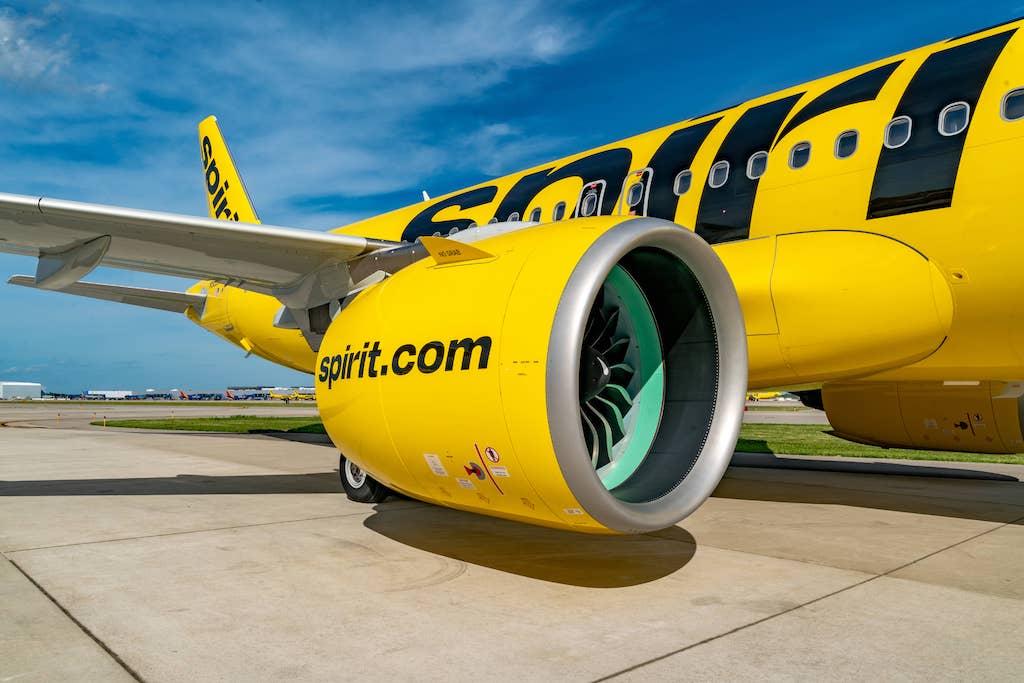
This week’s Flight Friday looks at a selection of North American operators, as the upcoming MRO Americas event is rapidly approaching.
Evident from the data, which indexes number of flights (cycles) against the equivalent monthly flights in 2019, is that low-cost carriers (LCCs) started utilizing their aircraft much sooner than full-service carriers (FSCs).
LCC Spirit Airlines, post-pandemic outbreak, saw an opportunity to gain market share, and tried to operate as many flights as it could. Spirit continued to take on new aircraft and by the end February 2024 its fleet is more than 40% larger than February 2019.
These extra aircraft mean a strong gain in the number of flights, with Spirit returning to 2019 levels at the start of the northern hemisphere summer season in 2021. However, it has not all been good news for Spirit. Spirit has been impacted by the well-documented issues that Pratt & Whitney-built PW1000G (GTF) engines have caused. This has led to a dip in its strong growth, but as the engine issues are rectified, we can see utilization grow.
JetBlue Airways and Alaska Airlines utilization have very similar patterns. Both operators exhibit a steady climb back to 100%, which is achieved in early 2023.
However, JetBlue, like Spirit, has been impacted by the effect of the GTF engine issues, which lead to a dip in later 2023. Whereas Alaska suffered the door plug blowout in January 2024 which led to a temporary grounding of its 737-9 fleet, meaning Alaska’s utilization took a hit. But as the appropriate checks and repairs were completed, utilization has grown again.
The Canadian market took some time to recover, with Air Canada only getting back to 100% 2019-equivalent utilization in October 2023. Air Canada is operating a fleet that is around 8% smaller in February 2024 when compared to 2019. So, Air Canada is utilizing its smaller fleet more effectively.
This data was put together using Aviation Week’s Tracked Aircraft Utilization tool.





